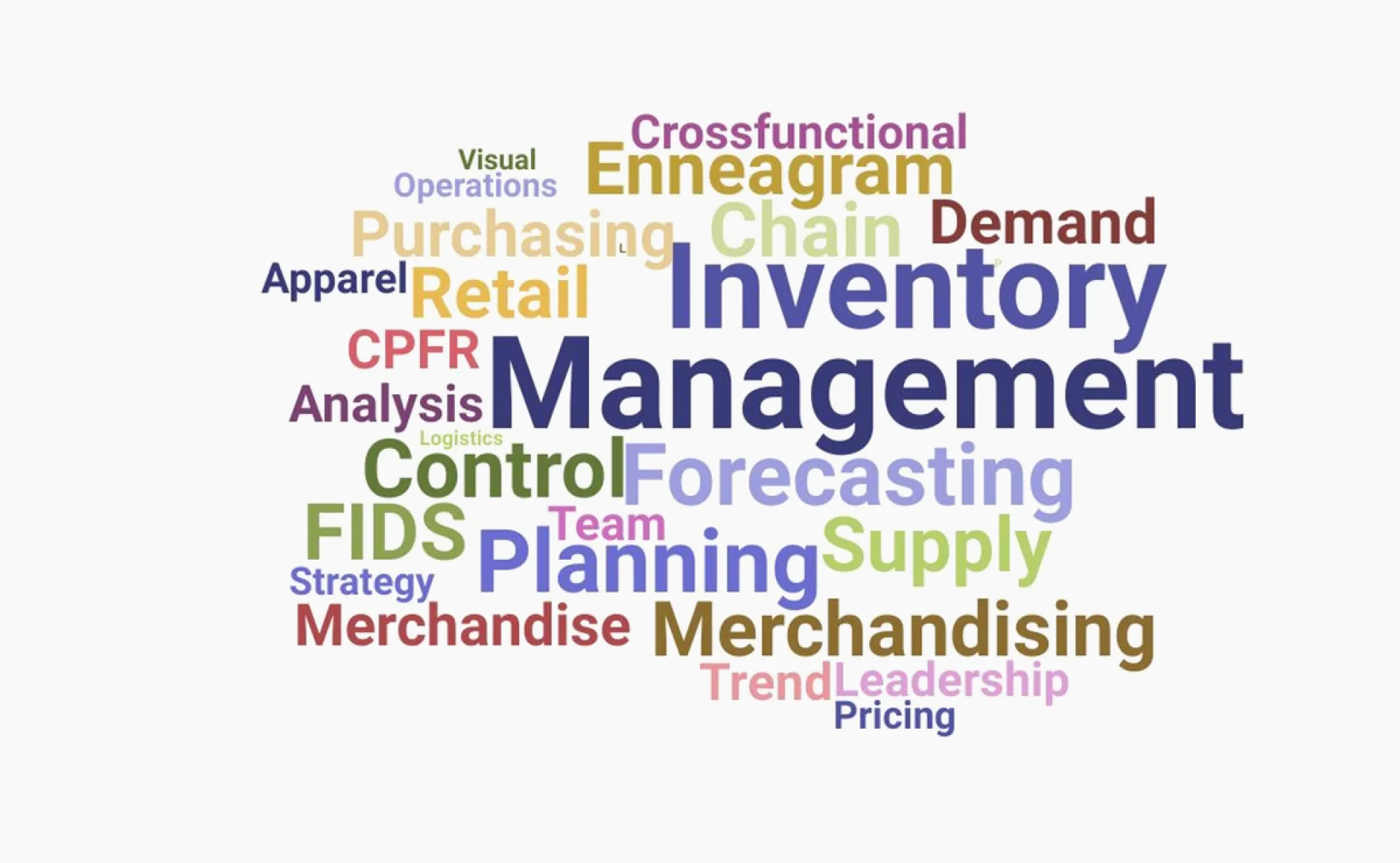Lean inventory management

Lean inventory management is a strategic approach aimed at minimizing waste and optimizing efficiency in inventory processes. Rooted in the principles of lean manufacturing, it focuses on reducing excess inventory, improving workflow, and enhancing overall productivity.
The core objective of lean inventory management is to maintain just-in-time (JIT) inventory levels. This means having just enough stock on hand to meet customer demand without overproduction. By doing so, companies can significantly reduce storage costs, minimize the risk of obsolete inventory, and improve cash flow.
Key strategies in lean inventory management include accurate demand forecasting, efficient supplier relationships, and continuous improvement practices. Accurate demand forecasting ensures that inventory levels align closely with actual sales patterns, reducing the likelihood of overstocking or stockouts. Strong relationships with suppliers facilitate timely deliveries and enable more flexible response to changing market demands.
Implementing lean inventory management also involves regular review and optimization of processes. Techniques such as the 5S methodology (Sort, Set in order, Shine, Standardize, Sustain) help maintain organized and efficient inventory systems. Additionally, employing technology like inventory management software provides real-time tracking and analytics, further enhancing decision-making and efficiency.
In summary, lean inventory management is about creating a streamlined, efficient system that reduces waste, lowers costs, and improves responsiveness to market demands, ultimately driving better business performance.


